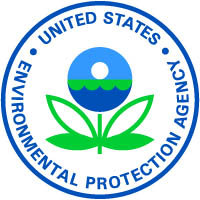 Abstract: Pesticide use results in the widespread distribution of chemical contaminants, which necessites regulatory agencies to assess the risks to environmental and human health. However, risk assessment is compromised when relatively few studies are used to determine impacts, particularly if most of the data used in an assessment are produced by a pesticide's manufacturer, which constitutes a conflict of interest. Here, we present the shortcomings of the US Environmental Protection Agency's pesticide risk assessment process, using the recent reassessment of atrazine's impacts on amphibians as an example. We then offer solutions to improve the risk assessment process, which would reduce the potential for and perception of bias in a process that is crucial for environmental and human health. The current regulatory system in the United States cannot embrace precaution when it primarily uses industry-supplied and -funded data to draw its conclusions. Furthermore, it is more difficult to assess the innocence or guilt—or the degree of guilt—of a pesticide when most of the data are eliminated from review. [Michelle D. Boon, et al. (2014). Pesticide Regulation amid the Influence of Industry. Bioscience, online 03 Sept.
Abstract: Pesticide use results in the widespread distribution of chemical contaminants, which necessites regulatory agencies to assess the risks to environmental and human health. However, risk assessment is compromised when relatively few studies are used to determine impacts, particularly if most of the data used in an assessment are produced by a pesticide's manufacturer, which constitutes a conflict of interest. Here, we present the shortcomings of the US Environmental Protection Agency's pesticide risk assessment process, using the recent reassessment of atrazine's impacts on amphibians as an example. We then offer solutions to improve the risk assessment process, which would reduce the potential for and perception of bias in a process that is crucial for environmental and human health. The current regulatory system in the United States cannot embrace precaution when it primarily uses industry-supplied and -funded data to draw its conclusions. Furthermore, it is more difficult to assess the innocence or guilt—or the degree of guilt—of a pesticide when most of the data are eliminated from review. [Michelle D. Boon, et al. (2014). Pesticide Regulation amid the Influence of Industry. Bioscience, online 03 Sept.